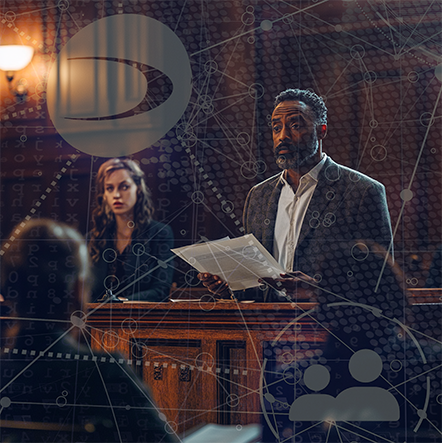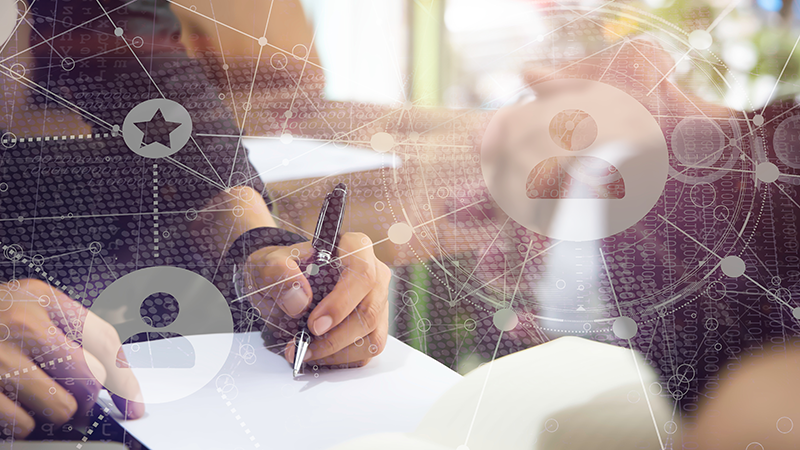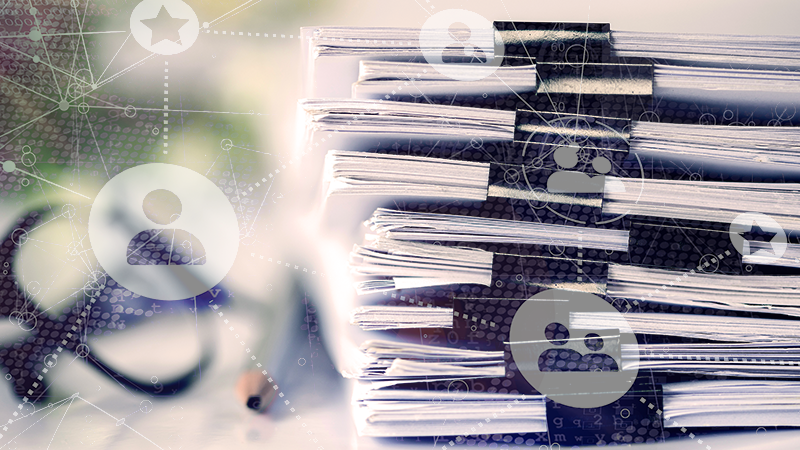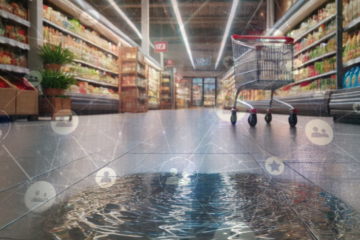Introduction
In the legal arena, the role of a forensics expert is pivotal. A forensic expert’s ability to communicate complex information can make or break a case. Communicating as a forensics expert is not just about having technical knowledge; it’s about conveying that knowledge clearly and effectively. This guide provides insights into best practices for forensic experts to enhance their communication skills and ensure their testimony is impactful.
The Importance of Communication in Forensics
Why Effective Communication Matters
Forensic experts play a crucial role in legal proceedings. They often translate complex scientific findings into language that judges, juries, and attorneys can understand. Miscommunication can lead to misunderstandings, misinterpretations, or even wrongful judgments. Therefore, mastering communication is essential for any forensic expert. This includes both verbal communication during testimony and written communication in reports.
Communicating Complex Forensic Concepts
Breaking down complex forensic concepts is one of the most challenging aspects of a forensic expert’s role. Legal professionals and jurors may not have a scientific background, making it crucial to explain findings in a way that is accessible. Experts should avoid jargon and use analogies or simple language to clarify complex ideas. Moreover, visual aids like charts, graphs, and diagrams can be incredibly helpful in illustrating points.
Key Communication Strategies for Forensic Experts
Know Your Audience
Communicating effectively as a Forensics Expert is critical. Understanding your audience is the first step in effective communication. Tailor your language and explanations to suit the judge, jury, and legal professionals involved. Forensic experts must convey their expertise in a way that is easily understood and compelling. This approach ensures that the audience grasps the significance of your testimony.
Use Clear and Concise Language
Avoid technical jargon and complex terminology that may confuse the jury. Using plain language and analogies helps explain your opinions and findings clearly and concisely. This not only enhances understanding but also ensures that your testimony is more persuasive.
Maintain Professionalism and Confidence
Deliver your testimony with a calm and composed demeanor. Speak clearly and confidently, and avoid becoming defensive under cross-examination. This professional approach enhances your credibility as an expert witness and helps maintain the trust of the court.
Prepare Thoroughly and Practice Testifying
Thorough preparation is key to successful communication in court. Familiarize yourself with your reports, case details, and potential questions. Practicing your testimony in front of a mock jury or colleagues can help refine your presentation skills and build confidence.
Be Transparent and Honest
Maintaining honesty and transparency is crucial for upholding your credibility. If you are unsure about a question or issue, it is better to admit it than to provide inaccurate information. This approach reinforces your integrity and builds trust with the court.
Stay Neutral and Objective
Remain neutral and objective in your testimony, avoiding personal biases or opinions that may undermine your credibility. Stick to the facts and data that support your expert opinion. This objectivity ensures that your testimony is seen as reliable and trustworthy.
Utilize Visual Aids and Technology
Visual aids can enhance the clarity and impact of your testimony. Use charts, graphs, and multimedia presentations to present complex information in a visually engaging manner. This helps the jury and other legal professionals better understand the evidence.
Seek Feedback and Continuous Improvement
After testifying, seek feedback from colleagues, attorneys, or consultants to identify areas for improvement. Continuous learning and refinement of your communication skills will help you become a more effective expert witness. Staying informed about the latest developments in forensic science and legal communication is equally important.
Preparing for Testimony
Structuring Your Testimony
A well-structured testimony can enhance clarity and persuasiveness. Start by outlining the key points you need to cover. Then, organize these points logically, ensuring that each builds on the last. Avoid jumping between topics, as this can confuse the audience. Finally, practice delivering your testimony to ensure that it flows smoothly and stays within the time constraints. Communicating clearly as a forensics expert during depositions and testimony will not be the same as reporting similar details elsewhere. Preparation can make all the difference.
Handling Cross-Examination
Cross-examination can be daunting for any forensic expert. The opposing counsel may try to discredit your testimony or confuse you with tricky questions. The key to handling cross-examination is to stay calm and focused. Listen carefully to each question before answering, and if you’re unsure, it’s better to ask for clarification than to give a potentially incorrect response.
Dealing with Nerves
Even seasoned forensic experts can feel nervous when testifying. Nerves can affect your communication, making you appear less confident. To combat this, thorough preparation is essential. Practicing your testimony multiple times can help build confidence. Additionally, taking deep breaths before speaking and maintaining a steady pace can help control nerves during the actual testimony.
Effective Forensic Report Writing
Clarity and Precision in Reports
Writing a forensic report requires a different set of communication skills. Unlike testimony, reports need to be meticulously detailed and precise. However, they should also be clear and easy to understand. Avoid using overly technical language unless necessary, and provide explanations for any technical terms used. Furthermore, organizing the report into clear sections with headings can help the reader navigate the document.
Supporting Your Conclusions
Every conclusion in a forensic report should be backed by evidence. Be sure to explain how you arrived at your conclusions, referencing the
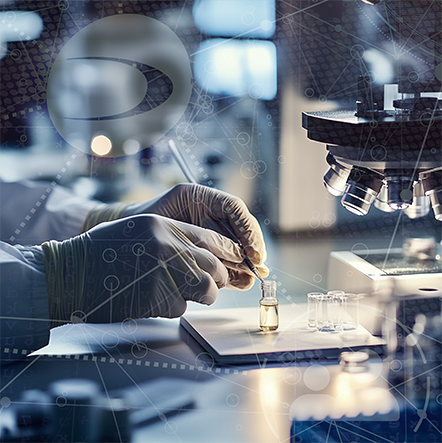
Utilizing Visual Aids in Court
Communicating details as a forensics expert is often enhanced with visual aids. To maximize the impact of visual aids in court, consider the following strategies:
Introduce Visuals Effectively
Clearly explain each visual aid and its relevance to the case. Provide context before presenting the visual to ensure the audience understands its purpose.
Engage the Audience
Use visual aids to involve the jury by asking questions or highlighting key points. Engaging the audience helps maintain their attention and reinforces understanding.
Practice Presenting with Visuals
Rehearse your testimony using visual aids to ensure smooth delivery. Familiarity with the visuals will help you present confidently and effectively.
Be Prepared for Cross-Examination
Be ready to defend the accuracy and relevance of your visual aids during cross-examination. Ensure you can explain how each visual was created and why it supports your testimony.
Adapt to Feedback
Be open to feedback from the legal team and adjust your visual aids as necessary to improve clarity and effectiveness.
Technologies for Creating Visual Aids
Familiarizing yourself with the latest technologies for creating visual aids can enhance the quality of your presentations:
Medical Illustration Software
Tools like Adobe Illustrator or specialized medical illustration software can create detailed anatomical depictions.
3D Modeling and Printing
Software like Blender or AutoCAD can produce digital models, which can then be 3D printed for physical demonstrations.
Multimedia Presentation Software
PowerPoint, Prezi, and other presentation software can combine visual elements into cohesive presentations.
Medical Imaging Software
Tools like OsiriX or DICOM viewers allow you to manipulate and annotate medical images.
Animation and Simulation Software
Programs like Maya or Unity can create dynamic visualizations of medical procedures.
Virtual and Augmented Reality
VR and AR technologies offer immersive experiences that can help jurors “see” inside the body or visualize complex concepts.
Infographic Creation Tools
Canva, Piktochart, and similar tools simplify the process of creating visually appealing infographics.
The Impact of Forensic Evidence on Case Outcomes
Real Cases Where Forensic Evidence Made a Difference
Forensic evidence has played a pivotal role in shaping the outcomes of numerous legal cases, both in convicting and exonerating individuals. Here are three real cases in the United States where forensic evidence significantly impacted the judicial process:
- Brandon Mayfield Case: In 2004, Brandon Mayfield, an Oregon lawyer, was erroneously arrested by the FBI due to a faulty fingerprint identification related to the Madrid train bombings. The FBI analysts incorrectly matched Mayfield’s fingerprint to one found on a bag of detonators. This mistake was later corrected, and Mayfield was released, highlighting the importance of accurate forensic analysis and the potential consequences of forensic errors.
- David Camm Case: David Camm was convicted for the murder of his wife and children, largely based on blood spatter evidence. However, during a subsequent trial, it was revealed that the blood spatter expert had falsified his credentials. Additionally, new DNA evidence linked another individual, Charles Boney, to the crime scene. This new evidence led to Camm’s acquittal after spending 13 years in prison, demonstrating the impact of reliable forensic evidence on case outcomes.
- Ford Heights Four: In this case, four men were wrongfully convicted of a double murder based on flawed forensic evidence and unreliable eyewitness testimony. Years later, DNA testing exonerated the men, revealing that the forensic evidence used in their conviction was incorrect. This case underscores the significance of DNA evidence in overturning wrongful convictions and ensuring justice.
Challenges to Forensic Evidence in Court
While forensic evidence is often seen as a cornerstone of modern legal proceedings, it is not without its challenges. The reliability and application of forensic methods have been scrutinized in various cases, leading to an evolving landscape in the legal system:
CHALLENGES TO FORENSIC EVIDENCE Real Examples
- The 2016 PCAST Report: The President’s Council of Advisors on Science and Technology (PCAST) released a report in 2016 that cast doubt on the scientific validity of many common forensic methods. The report found that only single-source DNA analysis had both foundational and applied scientific validity, while other methods like multiple-source DNA analysis, fingerprinting, and more required further testing to establish their reliability.
- Challenges to DNA Evidence: Although DNA evidence is often considered highly reliable, there are growing concerns about its presentation in court. Jurors may view DNA evidence as infallible, without considering how it was prepared or analyzed. Courts have emphasized the need to present DNA evidence in a fair and reliable manner, recognizing that improper use can lead to wrongful convictions.
- Flawed Lab Practices: Convictions have been overturned due to unreliable forensic lab practices. In the case of Areli Escobar, DNA evidence was later shown to be unreliable due to severe contamination risks and analysts ignoring best practices. The lab that provided this evidence was eventually shut down for egregious violations of professional standards, illustrating the critical need for rigorous forensic protocols.
- Challenges to Other Forensic Methods: Various forensic techniques, such as bite mark analysis, hair comparisons, tool mark evidence, and others, have faced scrutiny for lacking scientific foundation or being misapplied in ways that exaggerate their reliability. These challenges have led to increased caution in the use of these methods in court.
- Legal Precedents: Cases like Williams v. Illinois have raised questions about the admissibility of forensic evidence and expert testimony, particularly when the original analysts are not available to testify. Courts are grappling with how to balance the need for reliable scientific evidence with defendants’ rights to confront witnesses against them, reflecting the ongoing debate over the role of forensic evidence in the justice system.
FORENSIC EVIDENCE
These examples highlight the dual-edged nature of forensic evidence: it can be a powerful tool for achieving justice, but only when applied with the utmost accuracy and integrity. As forensic science continues to evolve, both legal professionals and forensic experts must remain vigilant in their use and interpretation of evidence to ensure that it serves the cause of justice effectively.
Conclusion
Forensic evidence plays a critical role in modern legal proceedings, influencing both convictions and exonerations. However, the reliability of this evidence is increasingly scrutinized, particularly as new technologies and methods emerge. Cases such as those of Brandon Mayfield, David Camm, and the Ford Heights Four illustrate both the power and the potential pitfalls of forensic evidence.
Forensic experts must navigate these challenges with a commitment to ethical standards, accuracy, and ongoing education. As the landscape of forensic science continues to evolve, experts must stay informed about the latest developments and be prepared to adapt their practices to maintain the integrity of their testimony.
In conclusion, effective communication, rigorous methodology, and ethical responsibility are the cornerstones of impactful forensic testimony. By adhering to these principles, forensic experts can ensure that their contributions truly serve the cause of justice, helping to clarify the facts and support fair outcomes in court.
Read more from others:
- State Bar of Arizona | State Bar of Arizona State Bar Convention
- Arizona Attorney Magazine | The Expert Witness Guide
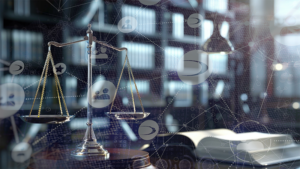
Are you an Attorney?
We’re here to help! Let us connect you with qualified professionals who are available for depositions and testimonies. Our database includes over 15,000 experts with a wide range of specialties. Reach out today to fast-track your search for an expert witness.
Are you an expert?
Join a thriving community of over 15,000 experts at Expertinfo.com, where your knowledge is valued and your expertise makes a difference. With 40 years of experience in connecting experts like you with attorneys who need your specialized skills, we’re dedicated to facilitating successful collaborations. Don’t miss the opportunity to impact critical legal cases and expand your professional network. Reach out today and become part of our extensive database of leading experts. Your expertise isn’t just needed—it’s essential. Connect with us now and start making a difference!

